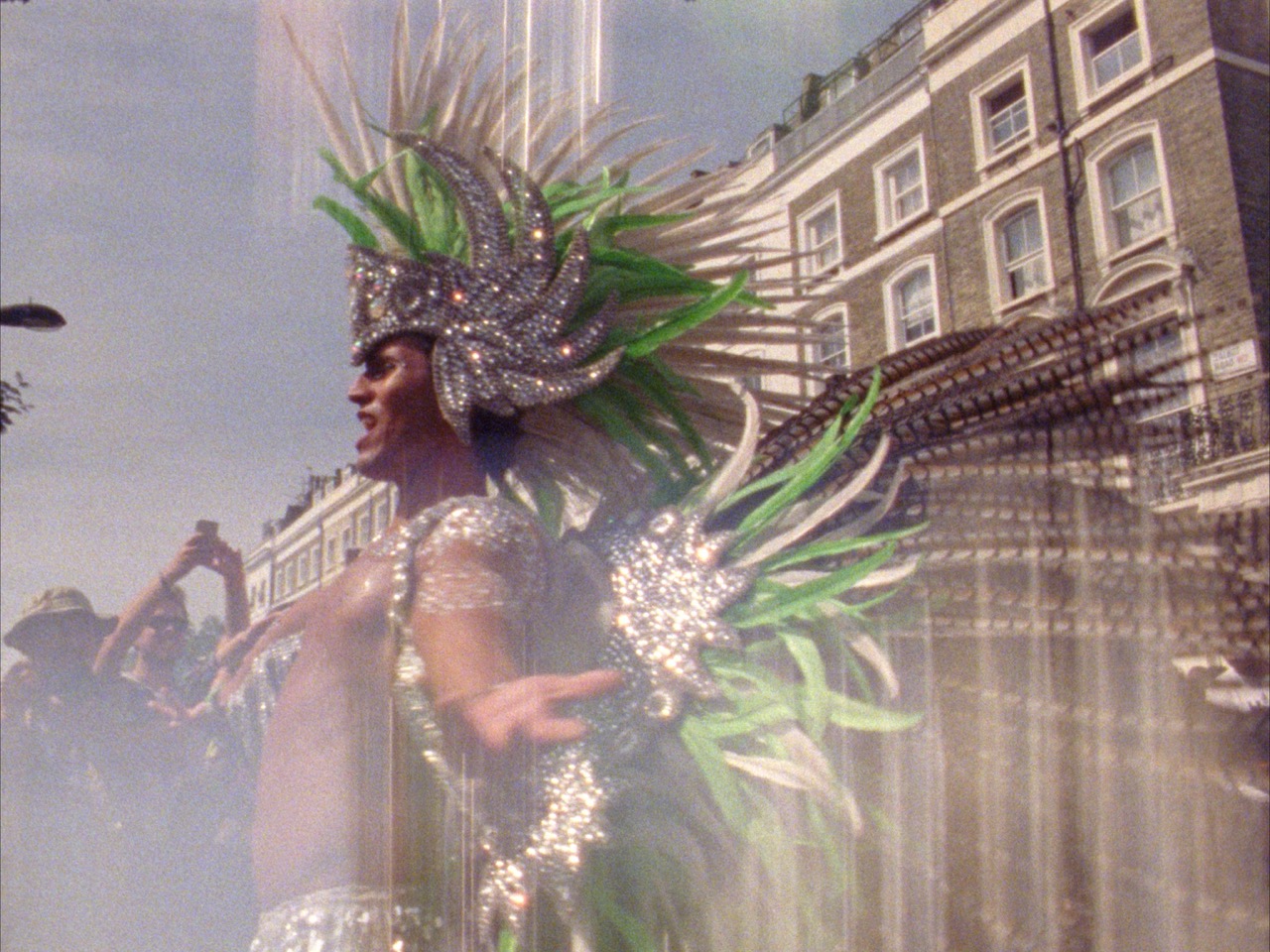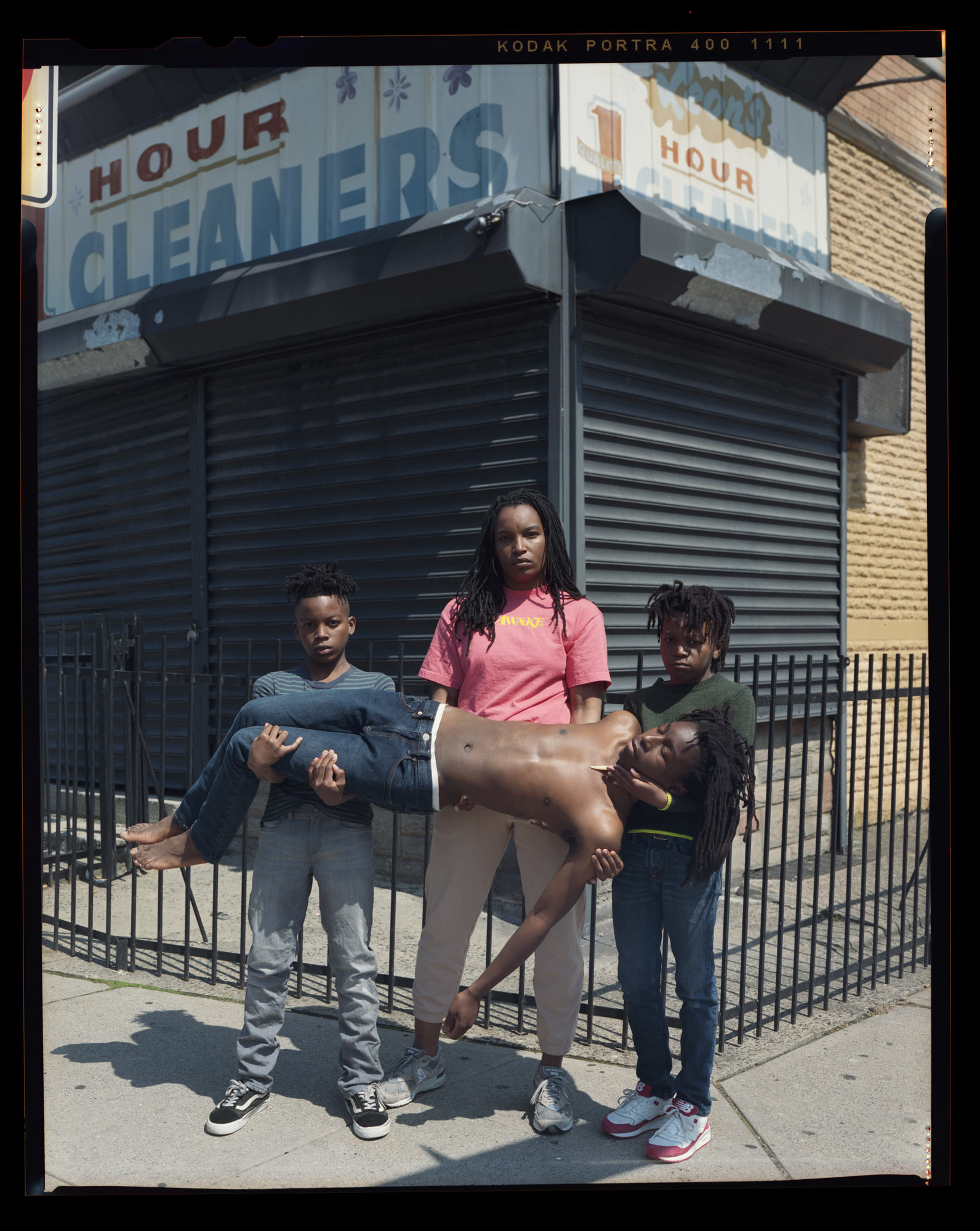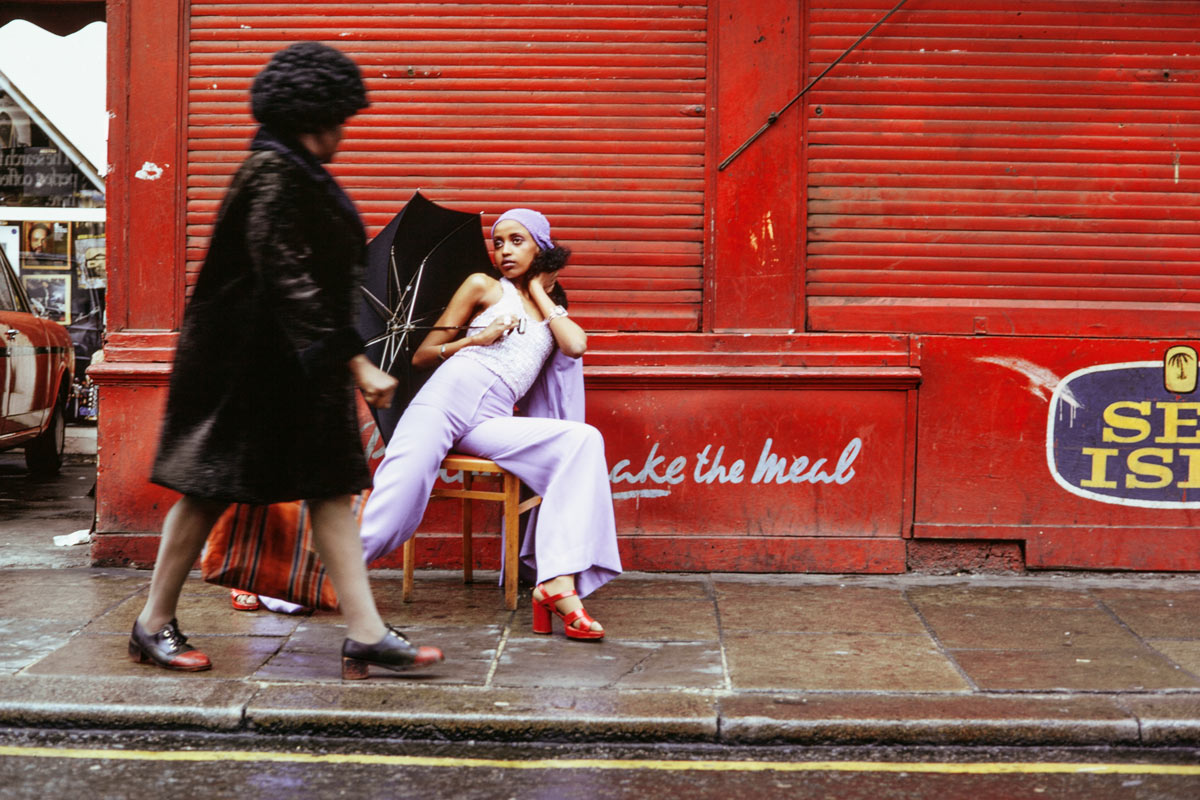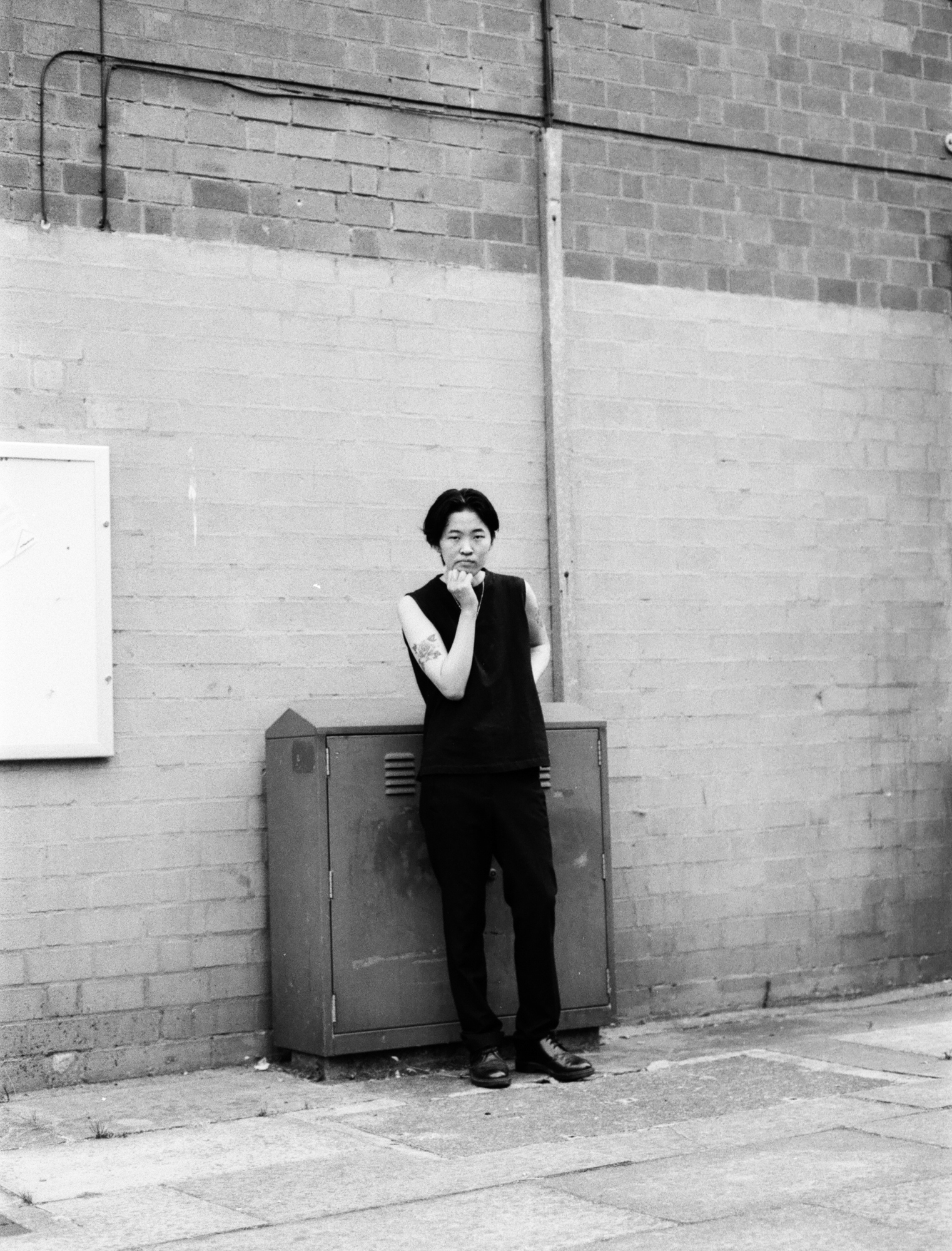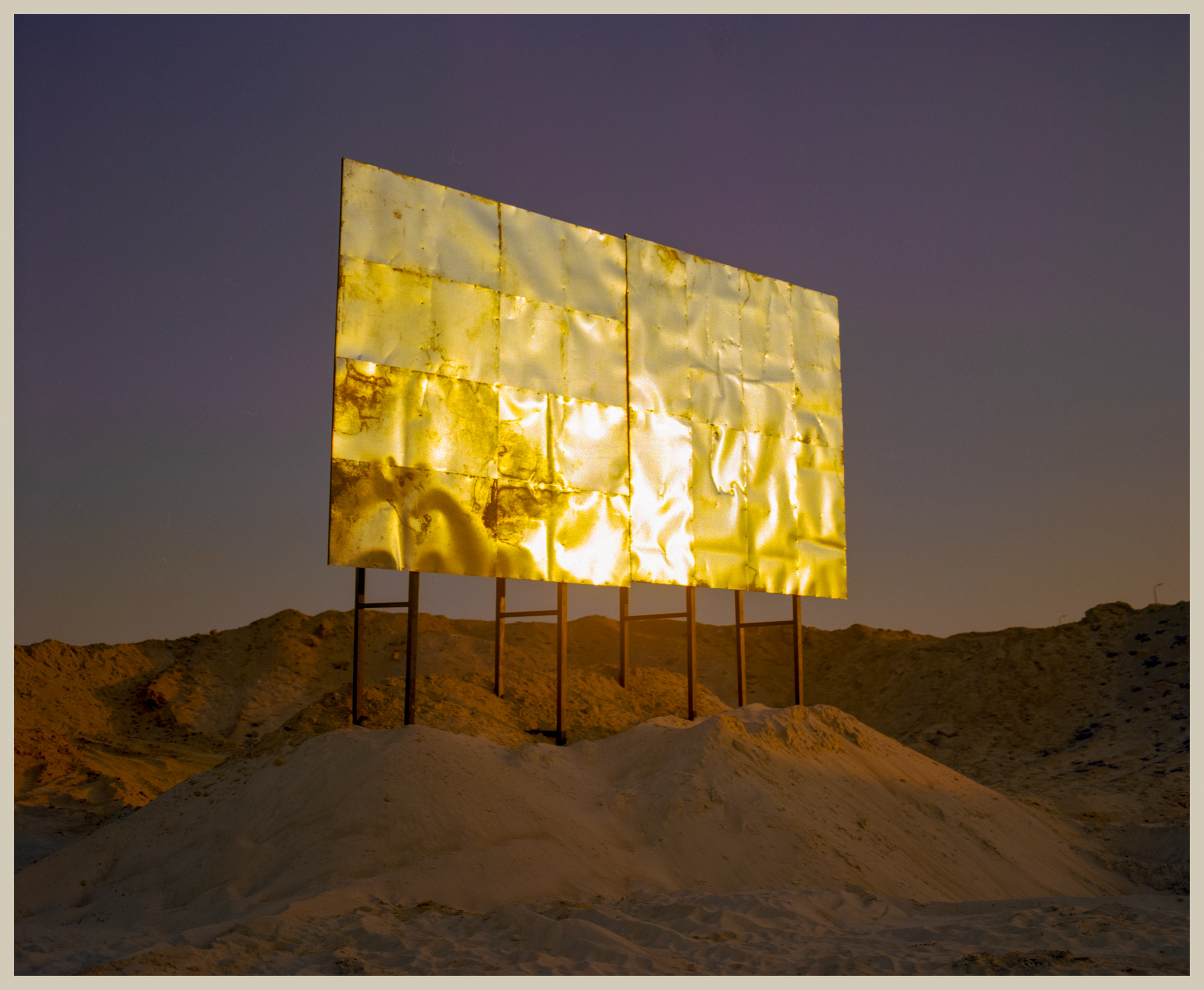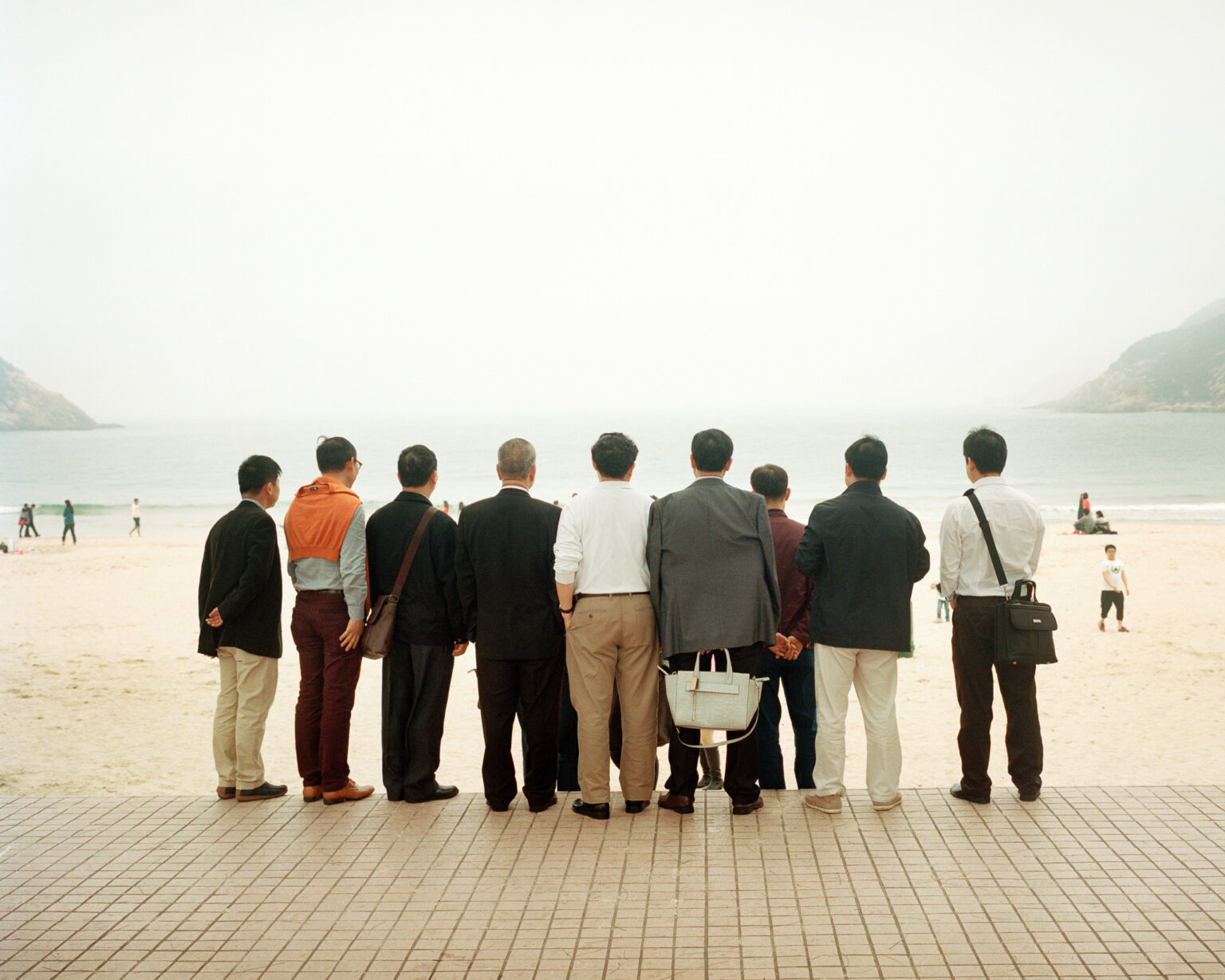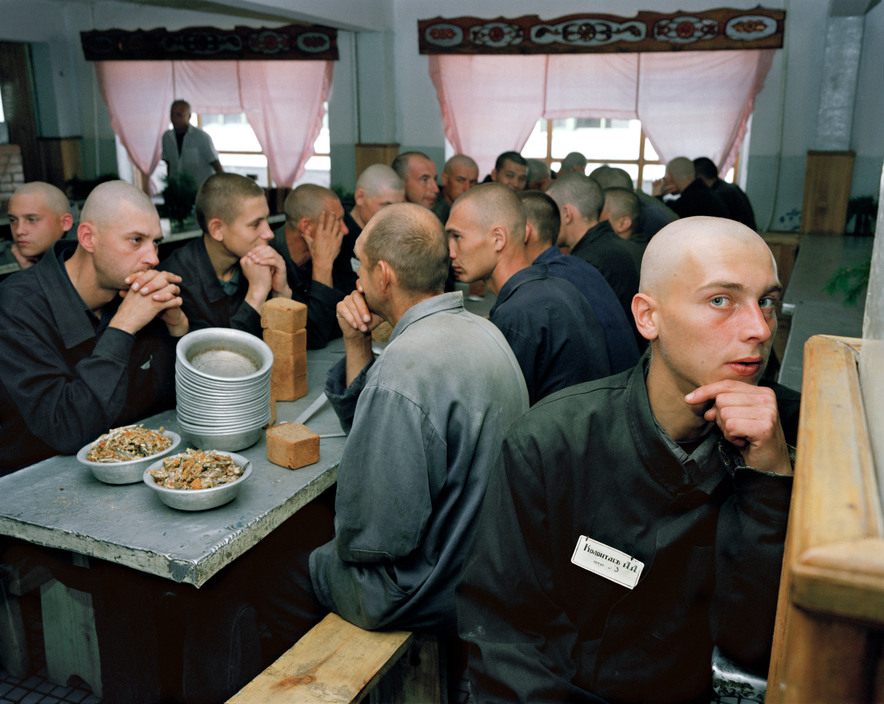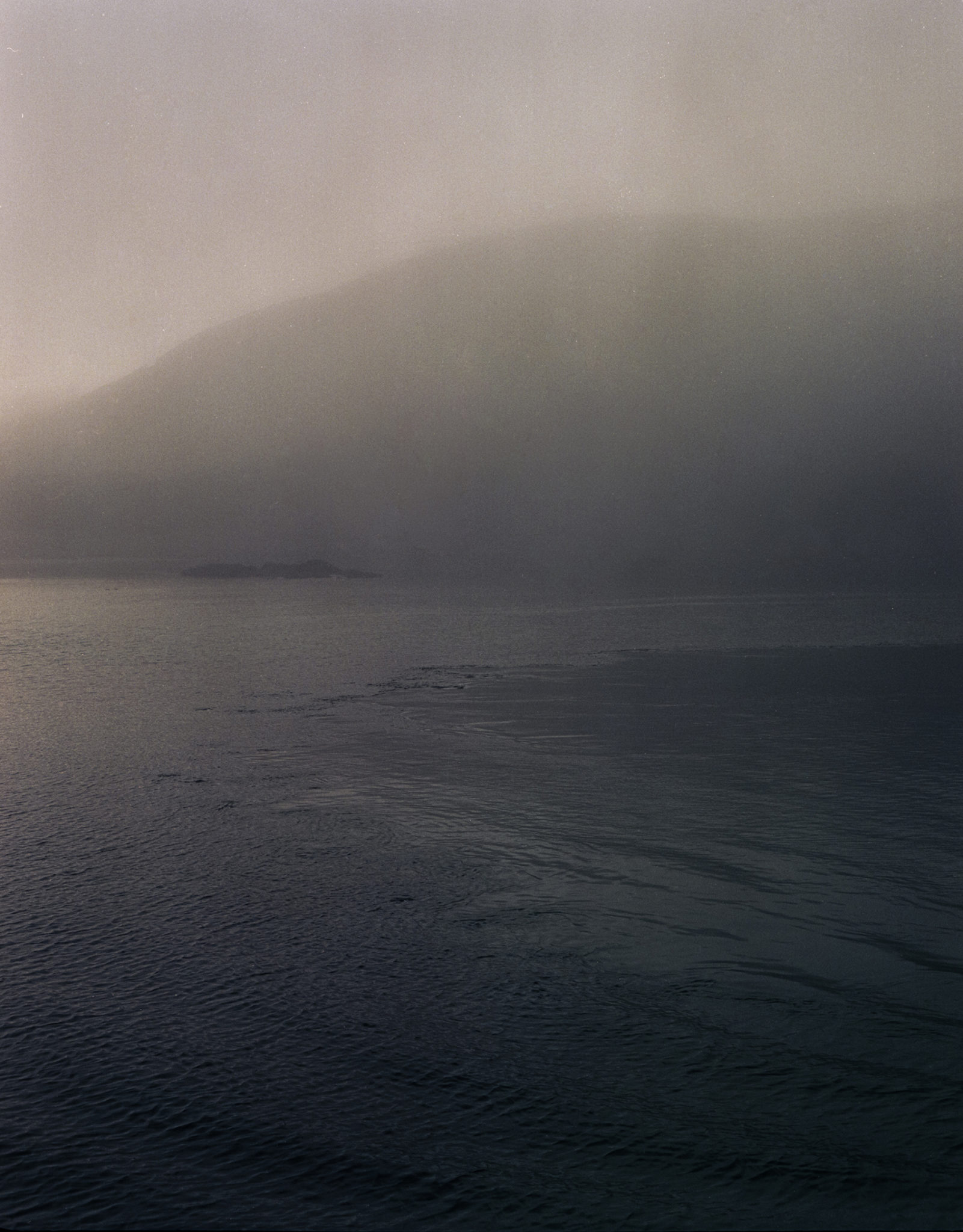Paul Daly’s Mirrors is a lucid diary and poetic map of an island, its relationships, customs, rifts and bonds, depicting its diverse individuals, communities, and historic events. As we gaze at our reflection in this film, it takes us on a mesmeric journey through seven unprecedented years in England.
Paul Daly’s work focuses on marginalised and working class communities, and the effects of austerity through the use of analogue formats in still and moving image.In 2018 he was one of 100 winners of The British Journal of Photography’s ‘Portrait of Britain’ prize and was exhibited nationwide. His film ‘Mirrors’, a seven year effort supported by BFI Doc Society, premiered last year in the International Short Competition at Sheffield DocFest and was longlisted for Best Short Film at BIFA.
Paul discusses the film with us before his free screening this month at Coventry Cathedral.

I’d like to talk about the themes that run throughout the film. Firstly, tell me about the themes you’ve covered, and why they are important to you, or this film?
From the start of the process, I chased images and experiences of loneliness and isolation as they’ve been quintessential to my experience growing up in this county. The universality and poetry of these themes have always been natural attractions creatively and likely will be throughout my career. Identity is also a significant theme throughout the piece, the complexity and breadth of culture and individuality is incredible in England, an almost endless pool of inspiration and fascination for me. A big pull was a need to reconnect with my working class upbringing, revisiting and enshrining bingo halls and my old chippy with an impermanent 16mm format expanded into a need to learn about and connect with others, an opportunity to challenge stereotypes and build bridges in an extremely divisive time. A big concept of the entire film was to see oneself in another, hence the title, documenting all with an abundance of empathy, love and equality. Last but not least is rage, the writing continues to be on the wall with that one.
Looking back as a retrospective of where the film first started to what it became. How has your connection to the film developed over time? Did feelings towards the themes you were covering get stronger as more time and energy went into the film and your knowledge grew?
The need to connect became addictive as I expanded the project. Having been a very socially anxious person throughout my 20’s the film really was a curative experience by connecting with such a wide breadth of individuals and communities on an almost weekly basis. Realising there was power in capturing the turbulent sociopolitical atmosphere in tandem was a natural development and necessity. I was especially inspired by not making the film solely left or right leaning, it was an opportunity to get both sides neutrally that I rarely (if at all) saw done in that period of time. When Covid and lockdown happened I spent a period in a torn state, did I have enough for a film centred around the complexities of Brexit or should I follow my intuition and continue to document. Thankfully the latter’s creative potential emerged, Covid poetically echoed all the early themes I was chasing quite profoundly. Being an accredited press card holder allowed me to continue on as a key worker, engaging with the most challenging and dangerous groups in that difficult 2020 summer brought the project to the level it needed to be. I sponged the rage but was careful to remain neutral in emotion, the film turned into a necessary form of action, almost individual protest on my part. This sense of duty that continues on with my next project.
"I’ve always been sensitive to the passing of time and changes in home landscapes so the film became a vessel of connection with myself and others, thus further understanding how short and fragile our own lives are."

How do you envision this film's legacy? What does it say to future generations?
I hope it has a long and varied life. I watch it quite sporadically now and I’ve noticed it’s already changing with its feel as it juxtaposes the present and possible future. I’ve already started making moves for it to have opportunities educationally, I think it would be of great use on varied levels here, from GCSE to art school to anthropological academics. British films that touched on similar topics and zeitgeists were of significant influence and inspiration, makers who were uninhibited with their poetic warts and all approaches, therefore I hope this film and my expanded ambitions sit proudly with these works in the future. I think one thing that I would hope a viewer is left with having seen the film is the value of first hand experiences, of interrogating your own biases, blindspots, prejudices and stereotypes, perhaps even working towards diffusing them. Be inspired to go to a horse fair, to see a pigeon liberation, to go to a political demonstration that is not your own beliefs. I find that being on one side against the other exacerbates and perpetuates the problems we face in society. The ticket is connection, empathy and to remember we are all complex results of our life exposures, education and parental influence that we have less control over than we’d like to think.

What were your intentions when you set out to make the film?
I always wanted to enshrine the things that were close to me as beautifully and timelessly as possible, to make something where I could always remember a person or place in their fullest way. Even if they were on their way out, they’re beautiful all the same. Analogue formats have a special way of recording the spirit of people and places too. I’ve always been sensitive to the passing of time and changes in home landscapes so the film became a vessel of connection with myself and others, thus further understanding how short and fragile our own lives are. Covid was a true facing of this sense of mortality for us all, especially personally seeing victims in the ICU at my local hospital. Little did I know the project would expand the way it did, but I mostly enjoyed not being in full control, it was a continued flow and a belief in intuition, a submission to it even. I wouldn’t want it any other way, long may it continue!
What did you learn through the process of making the film?
The power of resilience, albeit at the expense of my own health. To always explore and challenge fear. The relationship between theatrical fear mongering mainstream media and reality. The PROFOUNDLY unsettling nature of the class system in this country. Get release forms signed in the moment rather than backtrack through years of diaries and emails for original points of contact. Intuition is a beacon in the darkest days and your way out of almost any problem. Don’t go neck deep with pissed and angry racist nationalists using a 1950's camera you can barely see the image through and have to change rolls of film whilst fireworks and glass bottles launch about.

You use water as a symbol for a change in different parts of the film - mainly notably the start and finish. What was the significance?
I always wanted to bookend the film in some way to evoke this sense of a cycle, echoing past and future states of similar social tension in British history. It was fire for a long time in the funding teaser and early cuts, an element of both creation and destruction. The film’s producer Jacqui Davies responded to the themes of loneliness and isolation by underlining the fact that we’re all on an island surrounded by water as well as sparking similar creative elemental notions. It was a key turning point and an excellent example of the collaboration in post, it all started to click once editor Adam Biskupski worked his magic by removing fire and punctuating the film with new material of the sea I'd captured alongside the poetry he had already built. This was all further amplified by Stefan Smith and Zeina Nasr’s collaboration on the vocal arrangements and score, imbuing the film with a symbolic siren’s spirit. Water is also an element of birth and destruction, of spiritually and purity, something we are all made of, therefore it was another opportunity to further connect all those portrayed. I wanted to engage the sea as I did with every subject throughout the project to reflect its complete nature, its storm and serenity mirroring love and fear. Adam underlined a need to end with a sense of hope to challenge what felt like a hopeless time, it was key in influencing my research and what I thought would be a beautiful and fitting end to the piece. I’ll never forget those 40+ mph winds beyond the safety barriers on the cliff edges at Land’s End, it really was a symbol for my entire experience making the film.
-
Attend the free screening and Q&A at Coventry Cathedral.
28th January
Doors - 6:45pm
Screening - 7:00pm
Register for tickets here.
